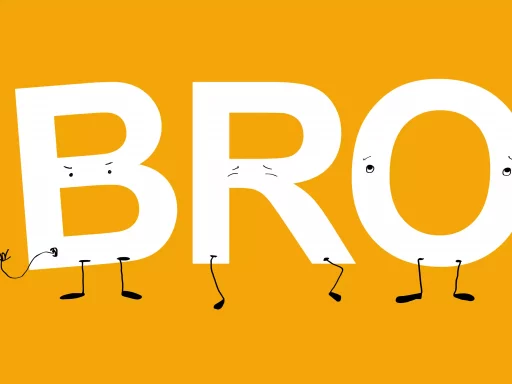In the world of internet slang, the term ‘TW’ often pops up in online conversations and social media posts. But what does this abbreviation really mean? Let’s dive into the origins, meanings, and usage of ‘TW’ in slang.
Short for ‘trigger warning,’ TW is commonly used to alert others about sensitive or potentially distressing content that may trigger negative responses. This warning is especially important in online spaces where users may come across triggering material related to mental health, trauma, or other sensitive topics. By using TW, individuals can provide a heads-up to readers and allow them to make informed decisions about engaging with the content.
For example, a social media post discussing sexual violence may include a TW to notify readers of the sensitive nature of the topic. Likewise, a blog post about self-harm may begin with a TW to caution readers about the content that follows. In these instances, TW serves as a signal to approach the material with caution and respect for others’ emotional well-being.
- Trigger warnings in online content
- Protecting mental health in digital spaces
- Enhancing empathy and understanding
Research has shown that trigger warnings can have a positive impact on individuals who have experienced trauma or struggle with mental health issues. A study published in the Journal of Trauma & Dissociation found that trigger warnings reduced distress and intrusive thoughts in participants exposed to triggering content. This highlights the importance of TW in creating safer and more inclusive online environments.
In addition to its use in content warnings, TW has also become a shorthand for acknowledging potentially sensitive topics in casual conversations. When discussing personal experiences or sharing stories, individuals may use TW to preface their remarks and show consideration for their audience’s emotional well-being. This practice helps foster empathy and understanding in digital interactions.
Overall, ‘TW’ in slang serves as a reminder to approach content and conversations with sensitivity and compassion. By incorporating trigger warnings into online discourse, individuals can contribute to a more supportive and empathetic virtual community.






